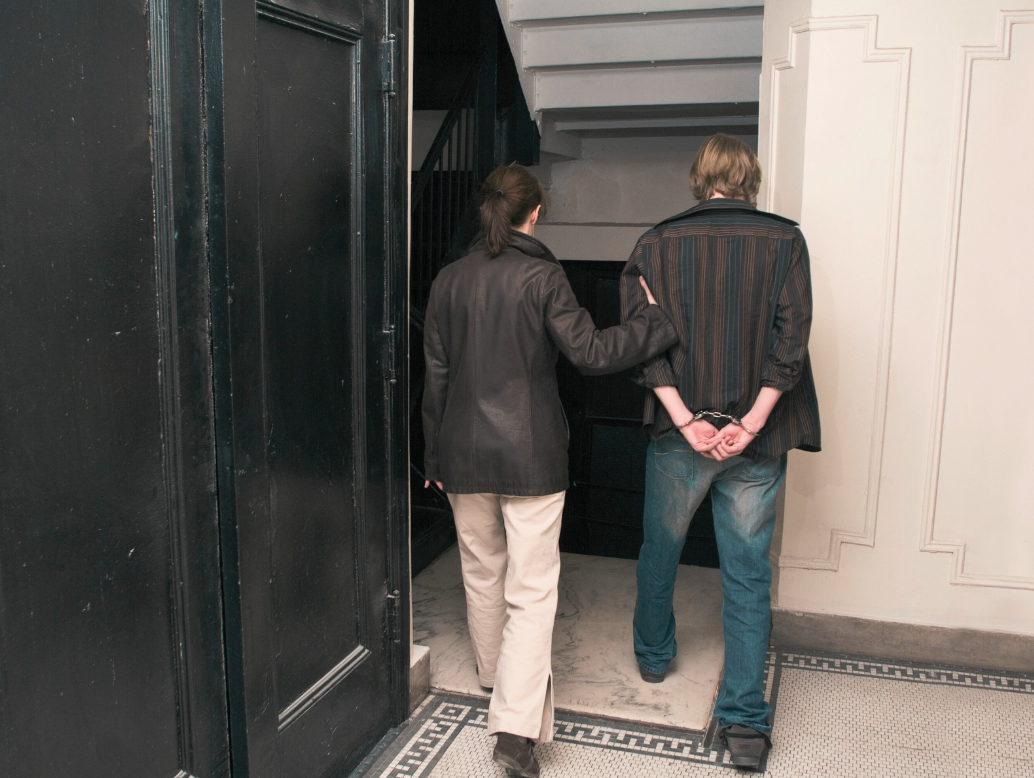The reentry cliff: What happens after release
Reentry isn’t a moment. It’s a steep climb with the odds stacked against people from the start. This blog breaks down the data behind the reentry cliff, revealing why so many fall back into the system and what it would take to truly set people up for success. Spoiler: it starts long before release.

Reentry isn't just a moment. It’s a messy, uphill journey.
Every year, more than 600,000 people return home from state and federal prisons in the U.S. Most leave with the same barriers they walked in with—and often a few more. From housing insecurity to employment discrimination, the odds are stacked against them.
And the data shows it.
- 2 in 3 people released from prison are rearrested within 3 years, highlighting a persistent cycle of recidivism. (Bureau of Justice Statistics)
- Nearly 1 in 5 formerly incarcerated people experience homelessness, often within their first month out. (Prison Policy Initiative)
- A criminal record cuts job callbacks by up to 50%, making gainful employment a steep climb. (Pager, 2003)
- Almost 7 in 10 people in state prisons do not have a high school diploma. (U.S. Dept. of Education)
- More than 60% of people returning home report struggling to find stable employment within the first year. (Urban Institute)
- Around 40% of formerly incarcerated people live below the federal poverty line after release. (Pew Charitable Trusts)
- Over 70% of individuals leaving prison suffer from mental health disorders or substance use disorders, conditions often untreated while incarcerated. (Bureau of Justice Statistics)
In a society that claims to value second chances, these numbers tell another story.
The reentry “plan” isn’t a plan at all
Many incarcerated individuals are released with little more than a bus ticket and a reminder to check in with parole. No transitional housing. No job leads. No mental health support. Often, no form of ID. For people who have served long sentences, just navigating modern technology can be overwhelming. The system expects people to rebuild their lives—while giving them none of the tools to do it.
It’s not a surprise that people return to the same environments and circumstances that led to incarceration in the first place. Trauma, poverty, and systemic inequality don’t disappear behind bars—they compound. And incarceration does little to prepare people for anything different.
The vicious cycle
Incarceration doesn’t just put life on pause. It derails it.
- Education is interrupted: The vast majority of incarcerated people have low educational attainment, and without access to education behind bars, this gap widens.
- Families are disconnected: Over 50% of incarcerated individuals are parents, and their absence contributes to family instability and trauma.
- Employment prospects shrink: Employers are far less likely to hire people with criminal records, and limited work history behind bars makes it worse.
- Mental and physical health decline: Untreated trauma and health issues multiply during incarceration.
- Stigma and exclusion: A criminal record carries social stigma that affects housing, employment, and community integration.
This cycle impacts not just individuals, but their families and entire communities. Children with incarcerated parents are:
- More than 6 times as likely to become involved in the justice system themselves.
- At higher risk of homelessness, academic struggles, and behavioral health challenges.
Communities with high incarceration rates often face diminished economic mobility, reduced social cohesion, and increased public health burdens.
What if we started sooner?
At Edovo, we believe reentry starts before release. Actually, it starts the moment someone steps inside.
What if every incarcerated individual had access to the tools and opportunities that make a difference outside—a diploma, a resume, financial literacy, soft skills, and a support plan?
What if time inside was used to prepare, not punish? Time spent inside should be a time for growth and readiness, not just survival.
We’ve seen what’s possible when education, self-development, and reentry planning are prioritized. People return home with skills, credentials, and a sense of purpose. They reconnect with their families. They find work. They contribute to their communities.
When education and self-development are prioritized behind bars, the results speak for themselves:
- Individuals who participate in correctional education programs are 43% less likely to return to prison. (RAND Corporation)
- Those with vocational training see 28% higher employment rates post-release. (Urban Institute)
- Access to digital learning helps people reconnect with family, build hope, and envision a different future.
At Edovo, we’re proud to provide digital learning programs that equip people with the tools and skills they need to build a better life—inside and out.
We’re here to make that the norm. Not the exception.
Sources:
- Bureau of Justice Statistics, Recidivism of Prisoners Released in 2012
- Prison Policy Initiative, Nowhere to Go: Homelessness among formerly incarcerated people
- Pager, Devah. The Mark of a Criminal Record. American Journal of Sociology, 2003
- U.S. Department of Education, Literacy Behind Bars: Results from the 2003 National Assessment of Adult Literacy Prison Survey
- RAND Corporation, Evaluating the Effectiveness of Correctional Education
- Urban Institute, Employment Outcomes for Former Prisoners
- Pew Charitable Trusts, Collateral Costs: Incarceration’s Effect on Economic Mobility
